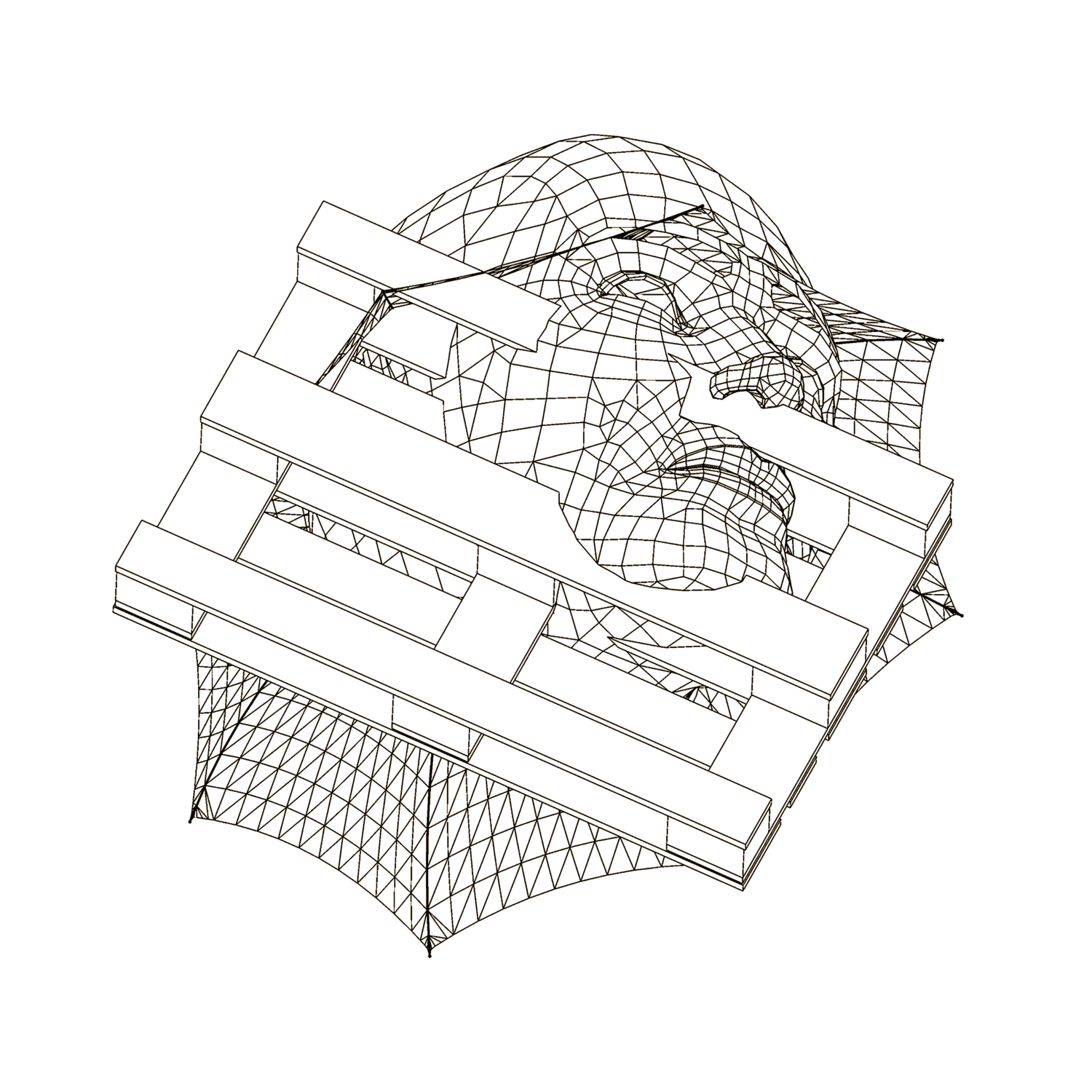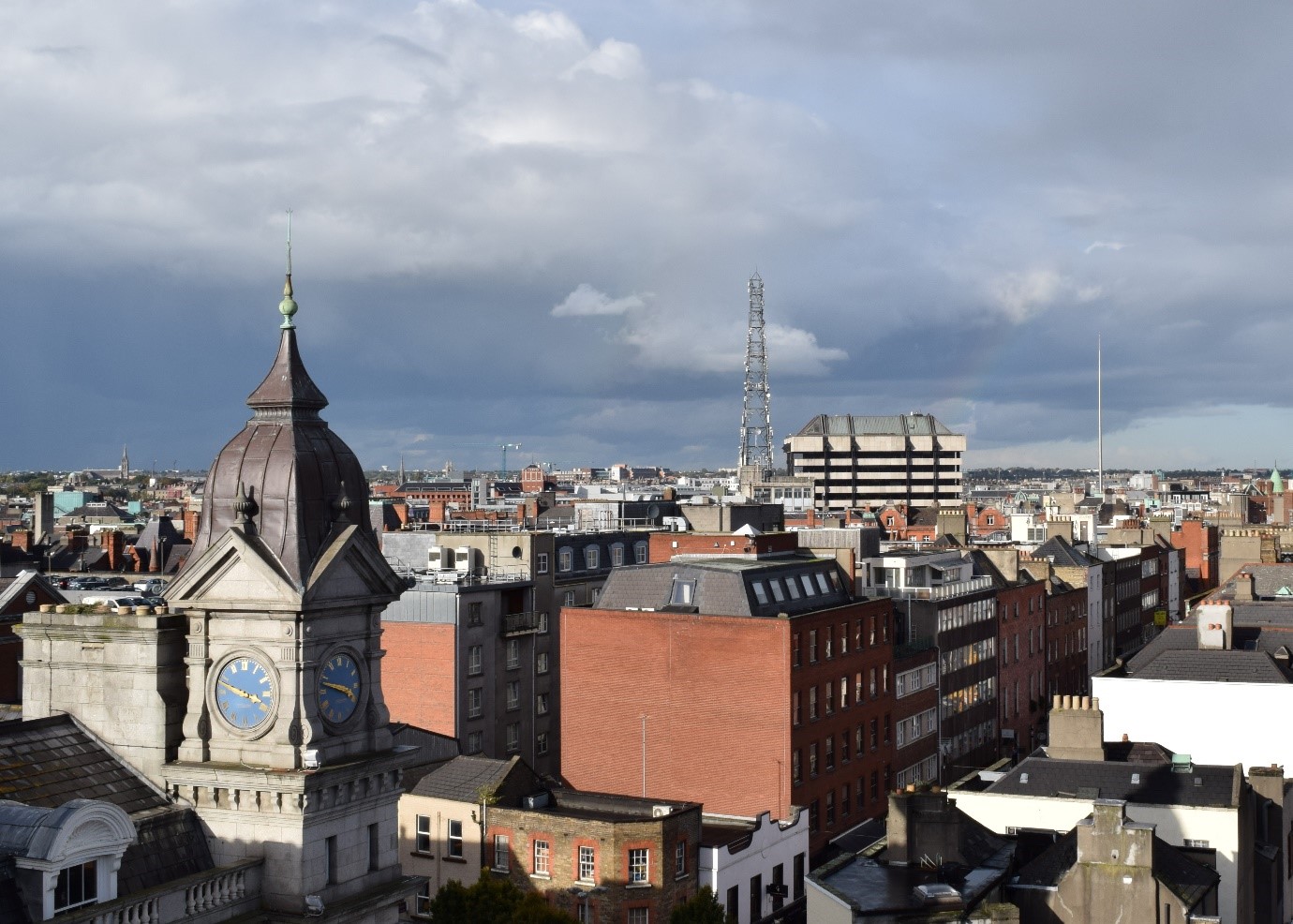Josef Koudelka
“The maximum, that is what has always interested me” - Josef Koudelka
For almost six decades, Czech photographer Josef Koudelka has been documenting the extremes of human life, whether it be his years spent photographing Gypsies in Slovakia and Romania, or settling in with groups in rural and isolated places, documenting their rituals, festivals, traditions and lifestyles.
His enormous body of work has been massively influential on the world of photography. From highly esteemed professionals, to street photographers, to (whether they realise it or not) that annoying mate of yours with an old film camera who won’t stop snapping candids of you on a night out.
Koudelka was born in 1938 in the small Moravian town of Boscovich, Czechoslovakia. He began photographing his family, friends and surroundings with a battered old plastic Bakelite camera. He showed promise as a photographer, but went on to study aeronautical engineering at the Czech Technical University in Prague between 1956 and 1961.
Koudelka's depiction of a Romanian burial.
Koudelka continued photography as a hobby however, and staged his first photographic exhibition the same year he graduated. Koudelka’s early work in photography documented an early Czech theatre scene. These photos were extremely abstract and theatrical, and again showed great prowess and instinct as a photographer.
In 1967, he decided to give up his career in engineering to pursue full-time work as a photographer. Koudelka decided to travel to Romania to spend time with gypsies. He famously survived on a diet of bread and milk, so he could save money for film and other photography supplies.
'I’ve never aspired to have the perfect home, to be tied to something like that... I don’t need to fill houses with clothes. I have two shirts that last for three years. I sleep in them. I keep my passport in the top pocket and some money in the other. I wash them in one go and they dry quickly, it’s very simple. I only carry things that are needed – my cameras, film and a spare pair of glasses.'
Even when he was photographing “Gypsies“, he chose to live in poverty to focus on his own work:
'Gypsies': A Romanian street festival, 1967.
'For 17 years I never paid any rent. Even the Gypsies were sorry for me because they thought I was poorer than them. At night they were in their caravans and I was the guy who was sleeping outside beneath the sky.'
A Soviet Soldier stands on a tank, invading Prague.
After one year spent with the gypsies, Koudelka decided to return to his home in Prague. Coincidentally he arrived home just two days before the Soviet invasion, in August 1968. He witnessed and recorded the military forces of the Warsaw Pact as they invaded Prague and crushed reforms of the so-called Prague Spring. Immediately he found himself photographing one of the most significant political events of the sixties. Koudelka would simply entitle this collection ‘Invasion’.
One of Koudelka’s most recognisable and famous photographs is a simple photo of his own wristwatch, moments after the news of the invasion had spread through Prague, and the citizens patiently waited the arrival of the military.
Still living as impoverished a lifestyle as ever, Koudelka this time was using old east German video film in his camera, which he would have to manually load in the dark of his apartment. He recalls running home to reload rolls of film, and hearing the violence and commotion that ensued outside his home.
Koudelka's negatives were smuggled out of Prague and found their way to the Magnum agency, and published anonymously in The Sunday Times Magazine in London, and Look Magazine in America under the initials P. P. (Prague Photographer) for fear of risk to him and his family. Koudelka's pictures of the events became dramatic international symbols.
A young Czech man rebukes Soviet Soldiers.
In 1969 the "anonymous Czech photographer" was awarded the Overseas Press Club's Robert Capa Gold Medal for photographs requiring exceptional courage. Even though this series established his credibility as a photographer it would be the only conflict news situation that he would document.
After fleeing to London in 1970, Koudleka found himself once again living a gypsy lifestyle. Exiled as it were from Prague, he was taken on as a full-time photographer by the Magnum agency through the help of French humanist photographer Henri Cartier-Bresson and Elliott Erwitt.
France, 1986.
London, 1976.
Koudelka, never content to settle, decided to once again set off travelling, and spent the next 18 years travelling through Spain, France and Britain, compiling more photographs which would eventually become undoubtedly his most critically acclaimed and loved work.
‘Exiles’ was published in 1988, and documents various groups across Europe through stark black and white photographs. While ‘Exiles’ touches on common themes of society, human relationships, isolation, and death, the only real theme holding the collection together is a sense of alienation in its subjects.
Gypsies in Brittany. France, 1973.
A woman cleans her door. Barcalona, 1976.
He worked living mostly off awards and grants as he ultimately achieved artistic success with exhibits and museum acquisitions across the world. His work at this time also brought Koudelka to Ireland, where he photographed gypsies and locals in Connemara, Clare and the Midlands, as well as festivals like the Puck Fair in Kerry.
The back lane of a pub. Kerry, 1973.
Although there is not much information available on Koudelka’s time in Ireland, what we do have Is a stunning retrospective on rural life in the West at the beginning of the 1970s.
A funeral home in Galway, 1978.
The ferry to the Aran Islands, 1977.
A pilgrimage up Croagh Patrick, 1972.
In 1986, for a project commissioned by the French government and whose goal was to document the French landscape at the end of the century, Koudelka had started to use a panoramic camera. His work now shifted to landscape panoramas which deal with similar themes to his early work, only through a new medium. These series brought Koudelka to dilapidated landscapes of the post-industrial and postmodern era. Berlin, Bayreuth, Paris, Czechoslovakia, Bosnia, France, Germany, Greece, Poland, Romania, Ukraine, and Wales were among some of his chosen locations. These photographs would be published in the collection entitled ‘Chaos’ in 1999.
Cover photo for the book 'Chaos'.
Koudelka would continue shooting in panorama, this time in the middle-east. His most recent book Wall: Israeli and Palestinian Landscapes was published by Aperture Foundation in 2013 and is mainly made up of dramatic landscapes that were made between 2008 and 2012.
Nearly Forty years after his work during the invasion of Prague, Koudelka, having escaped the iron curtain found himself in front of a new wall. The experience shook him so much that he would stay for four more years, documenting the 9-meter-high wall, and the people and towns most affected by it.
Barbed wire on the Israeli/Palestine border.
Shooting the holy land.
When you span a career as long as his, Evolution as an artist is expected and natural. And Koudelka did evolve. Going from being broke, documenting his home town being destroyed by Soviet troops, to being one of the most acclaimed photographers of his time. Overall, throughout his career Koudelka has maintained a root of impressive consistency. Just look at his contact sheets and you’ll see, Koudelka was never just pointing and shooting, every photograph is calculated.
As always, it is the maximum that interests Koudelka.
Author: James Connolly






